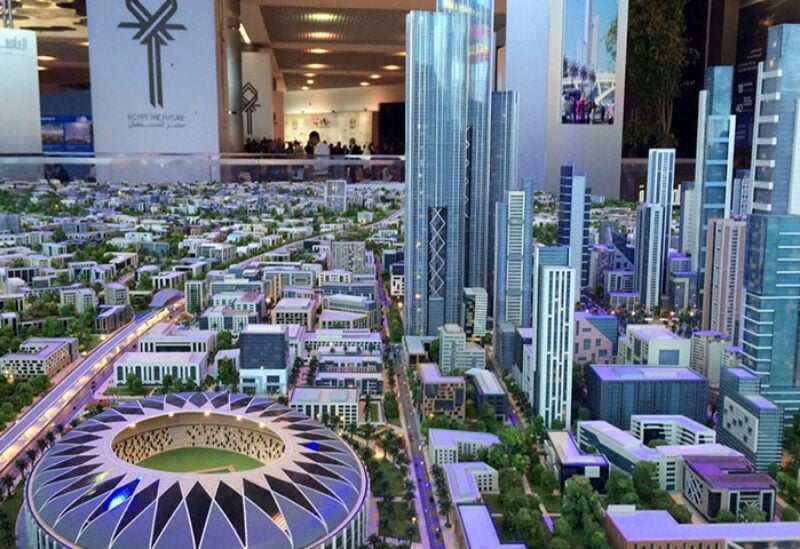
Egypt's new capital city in Cairo
Egyptian Prime Minister Mostafa Madbouly said on Tuesday that the government is targeting annual economic growth of 6-7 percent over the next three years as it implements a new round of reforms from the fiscal year that begins in July.
The government will focus on developing three main sectors as part of its National Structural Reform Program (NSRP), which follows International Monetary Fund-monitored reforms launched in 2016, Madbouly told a press conference.
The three sectors are manufacturing, agriculture and telecommunications and information technology.
Egypt had achieved a primary budget surplus — excluding interest payments — of 2 percent before the coronavirus pandemic hit, Madbouly said, adding that his government aims to return to that same level under the new program.
The North African country also aims to reduce the overall budget deficit to 5.5 percent in FY 2023-2024, he said.
The structural reforms aim to achieve sustainable growth rates that are not affected by exceptional conditions, Madbouly said, stressing that they are needed to keep the gains of the fiscal and monetary policy reforms that began in 2016.
Egypt signed a three-year, $12 billion Extended Fund Facility with the IMF in November 2016 after allowing its currency to weaken sharply.
It implemented a value-added tax and raised fuel prices to reduce its balance of payments and budget deficits, reforms that proved painful for most Egyptians.
Madbouly said the new round of reforms would impose “no new financial burdens” and that Egypt would continue to subsidize staple commodities over the next three years.
“This new phase focuses on the citizens feeling the benefits of the economic reforms carried out in the first phase,” he said.
Under the new reforms, Egypt aims to have agricultural products make up 25 percent of its total exports by 2024, up from 17 percent in 2020. It also aims to increase total agricultural output by 30 percent.